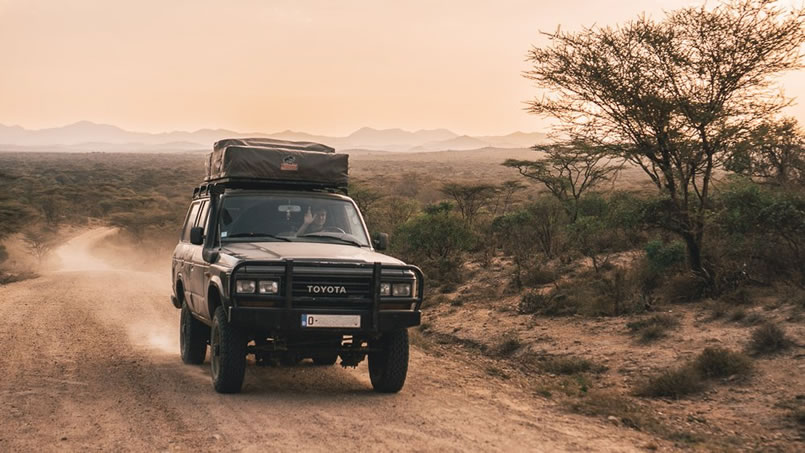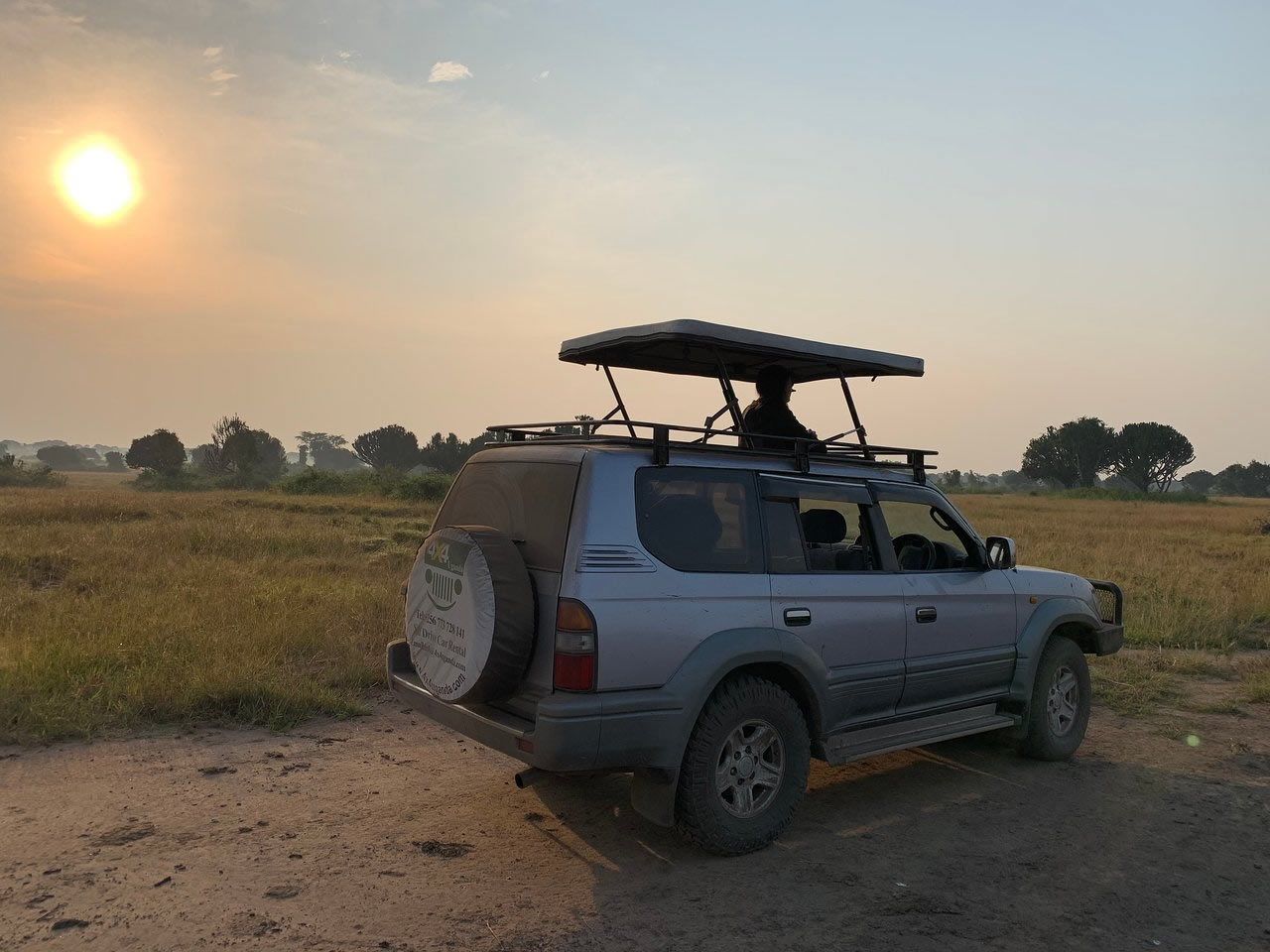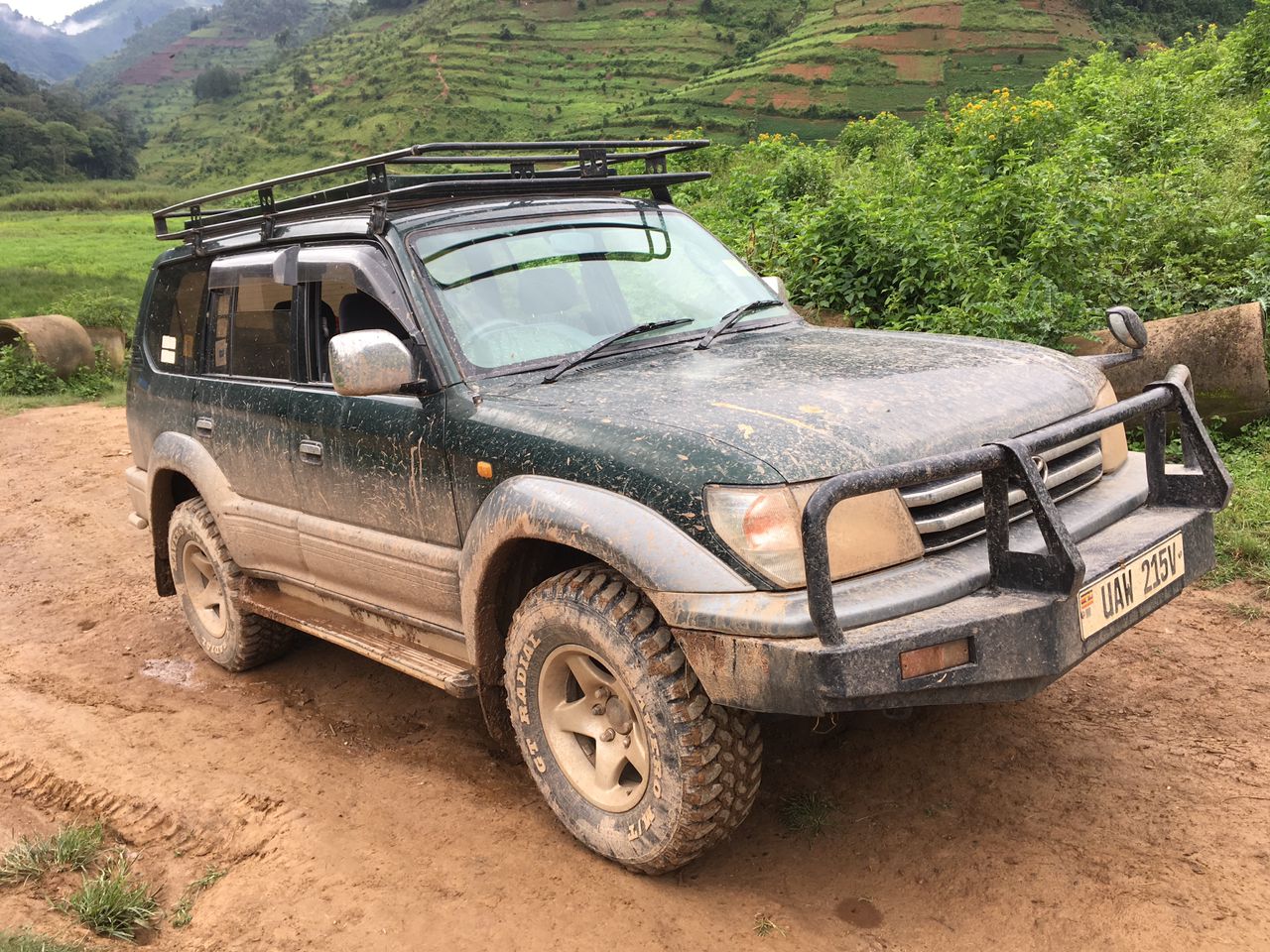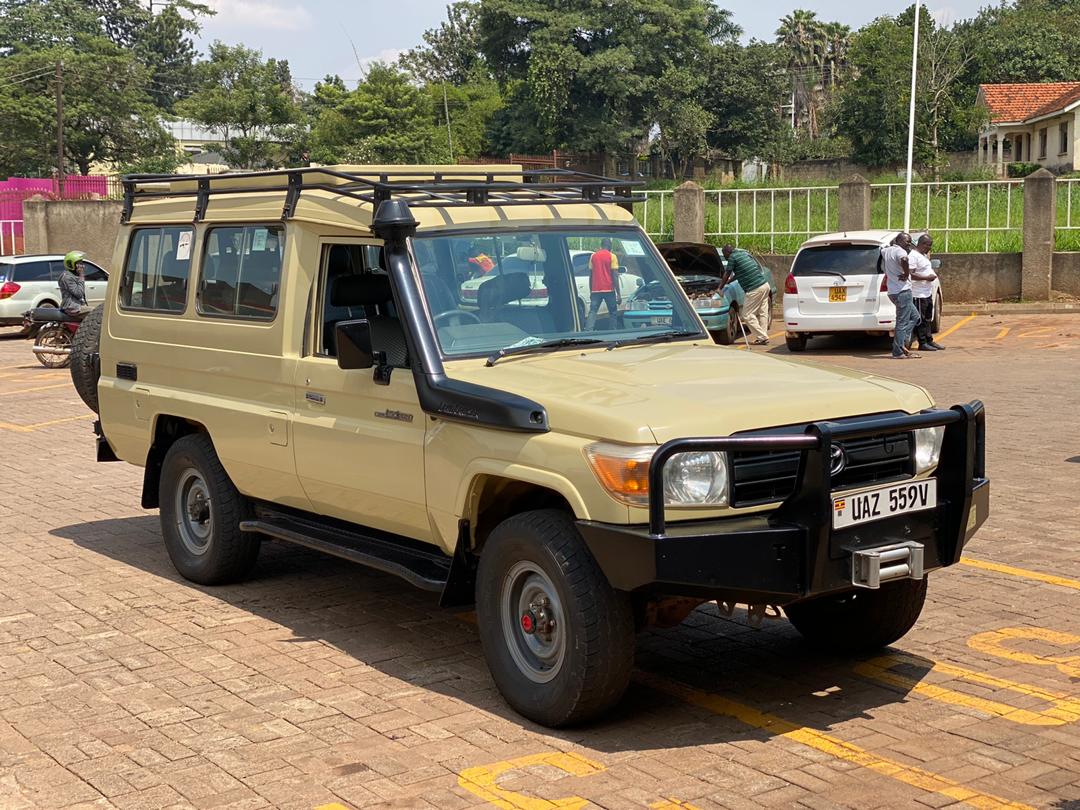A self-drive safari in Uganda is captivating and offers an unmatched opportunity to connect intimately with nature and encounter exotic creatures like elephants, lions, and gorillas in their natural habitat. While self-drive safaris can be rewarding and exhilarating, they come with their own set of unique challenges that should not be underestimated. In this article, we will explore the unsaid challenges of embarking on a self-drive safari in Uganda and provide insights to help you plan and navigate your adventure successfully.
- Road Conditions
One of the major challenges of a self-drive safari in Uganda is the condition of the roads. While major highways connecting cities are generally well-maintained, venturing into national parks and remote areas demands sturdy vehicles and careful driving. Many rural roads are unpaved, rough, and prone to flooding during the rainy season, making navigation a formidable task. It is crucial to rent a 4×4 vehicle with high ground clearance to tackle the challenging terrain effectively.
- Navigation and Lack of Signage
In contrast to developed countries with clear road signage, Uganda’s rural areas often lack proper directions, especially within national parks. Navigating through dense forests and vast savannas can be confusing and disorienting, leading to potential delays or getting lost. Prior research, carrying GPS devices or offline maps, and seeking assistance from park rangers are essential for ensuring a smooth journey.
- Wildlife Encounters
While the thrill of encountering wildlife up close is unparalleled, it also poses potential dangers. Self-drive safaris necessitate a deep understanding of animal behavior and the ability to maintain a safe distance. Ignoring park guidelines and getting too close to wild animals can provoke aggressive responses and lead to dangerous situations. Responsible behavior is vital to ensure both your safety and the conservation of the animals and their habitats.
- Safety and Security
Traveling through remote areas can present security challenges. It is essential to stay updated on the current safety situation and any potential risks in the regions you plan to visit. Some areas near national parks may have a history of banditry or political instability, and it is advisable to seek advice from local authorities or experienced tour operators. Additionally, traveling in a group or with other vehicles can add an extra layer of security.
- Limited Access to Amenities
When embarking on a self-drive safari, access to basic amenities such as food, water, and fuel can be limited, particularly in remote regions. It is essential to stock up on supplies before entering the national parks and carry extra provisions in case of any unforeseen circumstances. Additionally, camping equipment and essentials like insect repellents and first-aid kits are necessary to ensure a comfortable and safe trip.
- Language Barriers
While English is the official language of Uganda and is widely spoken, you may encounter language barriers, especially in remote areas where local dialects are predominant. Basic knowledge of commonly used phrases can help you communicate with locals and seek assistance when needed.
- Wildlife Conservation and Ecological Impact
Self-drive safaris, when not conducted responsibly, can have a negative impact on the environment and wildlife. Off-road driving, littering, and disturbing natural habitats can disrupt the delicate ecological balance. It is crucial to adhere to park regulations, follow designated tracks, and minimize your ecological footprint to protect Uganda’s unique flora and fauna for future generations.
A self-drive safari in Uganda can be a life-changing and unforgettable experience, offering unparalleled encounters with nature and wildlife. However, it comes with its fair share of challenges that must be acknowledged and prepared for. By addressing road conditions, navigation, wildlife encounters, safety, limited amenities, language barriers, and environmental impact, you can ensure a safe, responsible, and gratifying journey. Embracing these challenges with foresight and planning will not only enrich your adventure but also contribute to the preservation of Uganda’s remarkable natural heritage.










